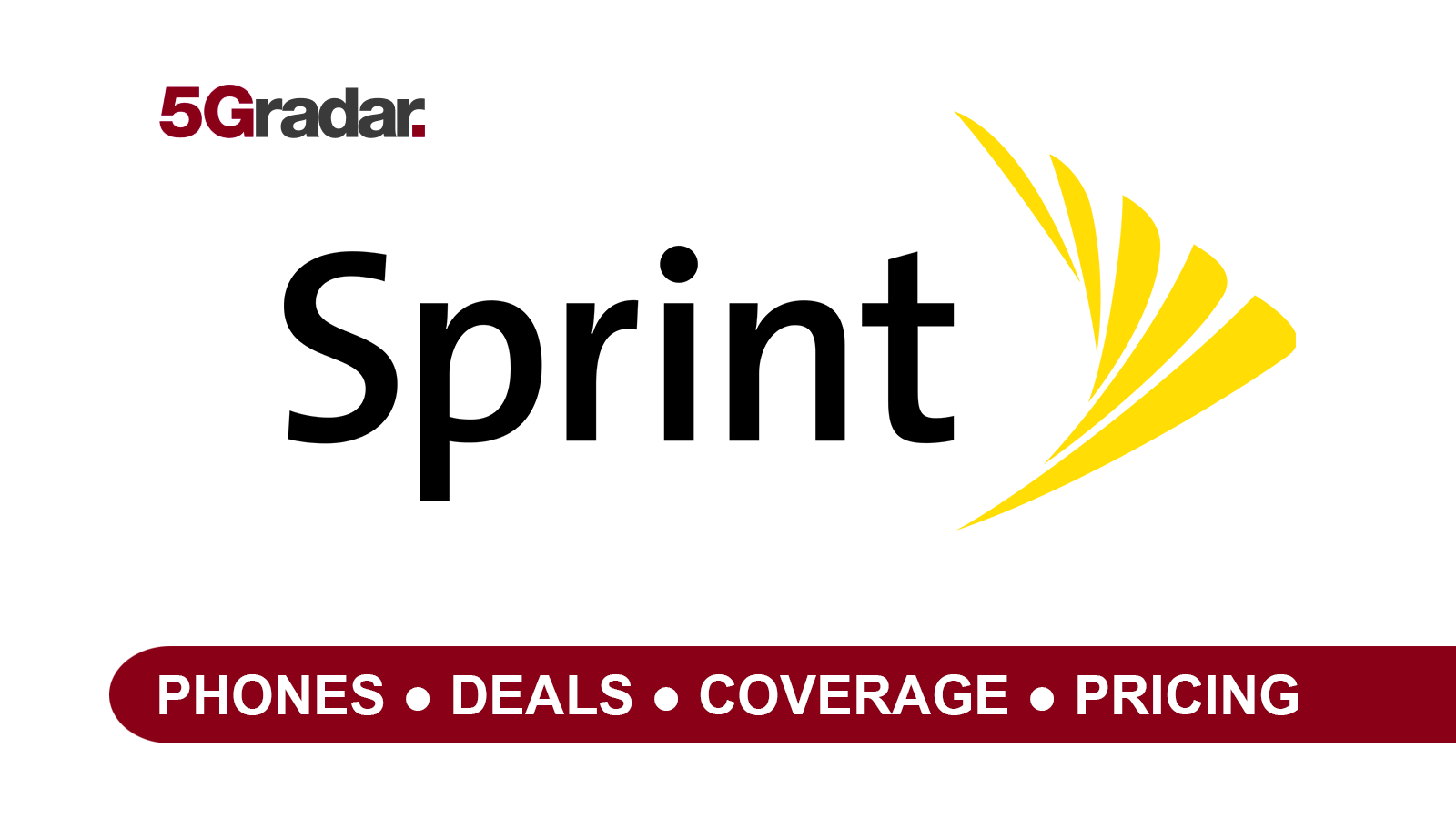Sprint 5G: all the phones, deals, coverage and pricing you need
Sprint 5G has now merged with T-Mobile

For mobile users in the UK:
Get all the latest EE 5G deals
See the latest phones on O2 5G
Check out Three 5G broadband
Get the latest Vodafone 5G info
For mobile users in the US:
See the hottest AT&T 5G deals
Check out T-Mobile 5G
Discover hot Verizon 5G deals
Sprint's merger with T-Mobile has been passed, so Sprint 5G is now T-Mobile 5G.
The merger survived a legal challenge from state attorney generals citing reduced competition and potentially higher prices for consumers.
The merger was finalised by 1 April 2020, with the Sprint brand disappearing at the start of August 2020. The merger was nearly two years in process and had been talked about for a lot longer than that, even as long ago as 2014.
Prior to the acquisition, analysts suggested that Sprint needed the merger to happen in order to survive; it had reported significant losses and had also been losing subscribers. It lagged behind as the fourth biggest player.
Judge Victor Marrero said in his judgement that "the overwhelming view both within Sprint and in the wider industry is that Sprint is falling farther and farther short of the targets it must hit to remain relevant as a significant competitor."
German firm Deutsche Telekom owns nearly 42% of the new T-Mobile and SoftBank around 27%. However, it seems Softbank is happy for Deutsche Telekom to be in control and will grant it proxy voting rights meaning it effectively controls the firm.
We've outlined more about the merger and its background below.
Sprint 5G network
Sprint's mid-band 5G network is now part of T-Mobile's 5G offering and T-Mobile has expanded its network accordingly.
Sprint is using mostly mid-band spectrum for 5G (2.5Ghz) and so the network doesn't have the blazing fast speeds of others - for now. It didn't deploy any mmWave - millimeter wave - which is what other US networks including T-Mobile are using for their high-speed services.
Sprint's network will still have fast speeds though; Sprint's 5G network tests in various US cities have shown speeds upwards of 300Mbps.
Sprint was calling its 5G service True Mobile 5G. It's likely that Sprint is trying to say something about other networks with its message - notably AT&T's 5GE (which is, essentially, 4G LTE Advanced) and others using low-band 5G.
mmWave has an advantage because it is able to provide faster top-line speeds, but the disadvantage is that the nodes need to be closer together - the waves just don't travel as far. That's one key advantage with using mid-band.
Like other networks, Sprint used Massive MIMO tech to increase capacity. Earlier in the year Sprints said results from early deployments show Massive MIMO is "driving a 4x average increase in capacity and speed with peak increases up to 10X over LTE".
Merger with T-Mobile
The $26 billion merger with T-Mobile was in the works for two years and was narrowly approved by the Federal Communications Commission (FCC) and Department of Justice - who went so far as to mandate that the new combined company will need to divest some spectrum to Dish to enable it to launch a new, fourth competitor in the market. Sprint had to divest its Boost Mobile subsidiary to Dish to make this happen.
In 2019 the merger came up against a problem; a multi-state lawsuit in an effort to block it, essentially suggesting that the efforts to reinstate a fourth player in the market through Dish don't go far enough and that the merger would mean higher prices for consumers.
On 12 February 2020 the federal judge in the New York Court gave the merger the go-ahead. According to Fortune, the key testimony was from Dish CEO Charlie Ergen who was convincing in his ambition to create a new, fourth player in the mobile market to effectively replace Sprint.
As well as selling spectrum to Dish, Sprint-T-Mobile will also have to host Dish as an MVNO for a time to enable it to get a mobile business off the ground while it builds its own network.
The combined company is still known as T-Mobile - it has been dubbed "New T-Mobile" in marketing materials. It's still be the third biggest network behind Verizon and AT&T.
Prior to the merger T-Mobile had around 46 million users, with Sprint around 33 million (according to Statista). However, the Boost Mobile loss to Dish meant the loss of around 7-8 million.
The combined company has had to promise to stick to some stringent targets. The company has to roll out a 5G service to 97 percent of the US within three years including rural areas and within six years, it has pledged to give 90 percent of the US population data speeds in excess of 100Mbps, with another 9 percent having 50Mbps.
T-Mobile 5G phones
Get up to speed with 5G, and discover the latest deals, news, and insight!

